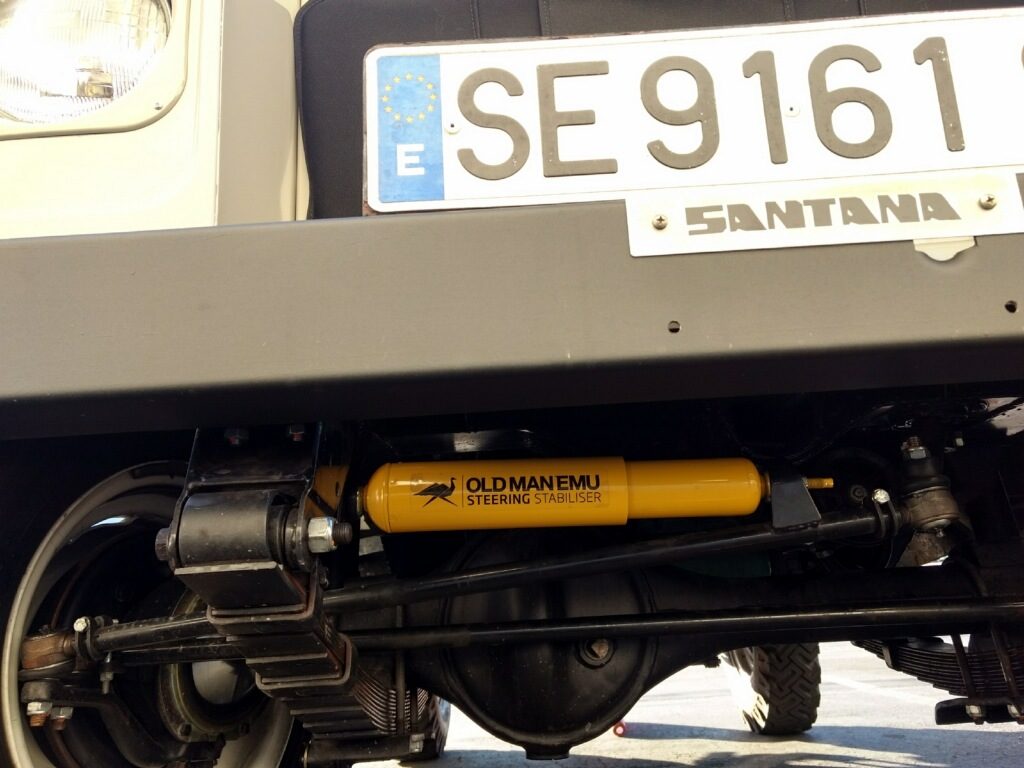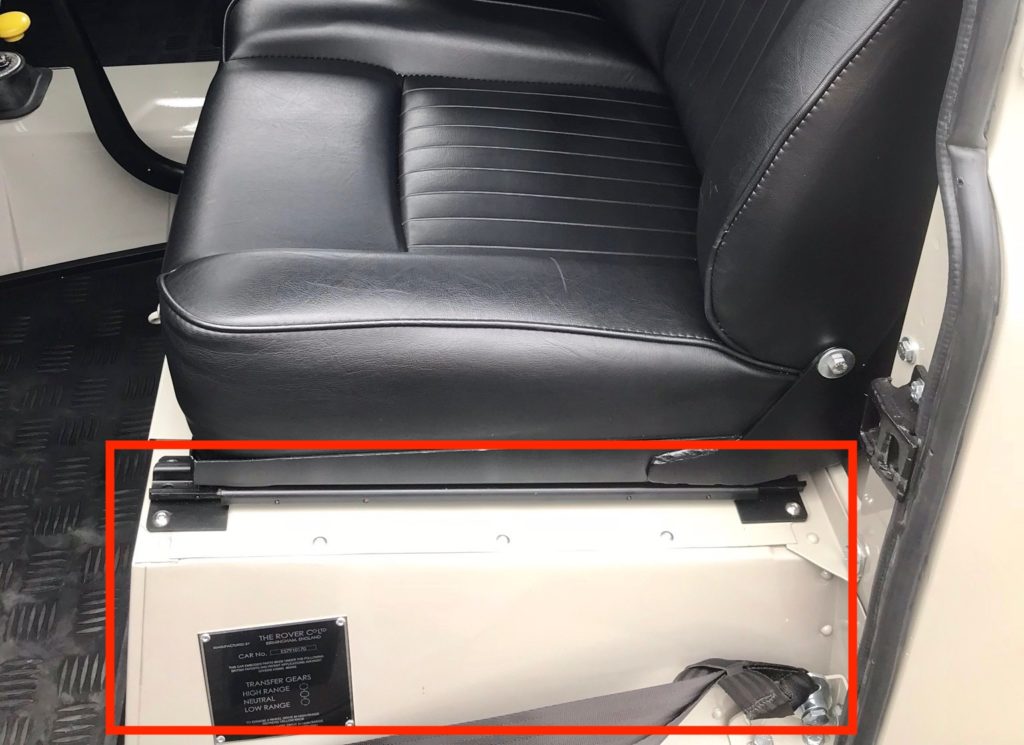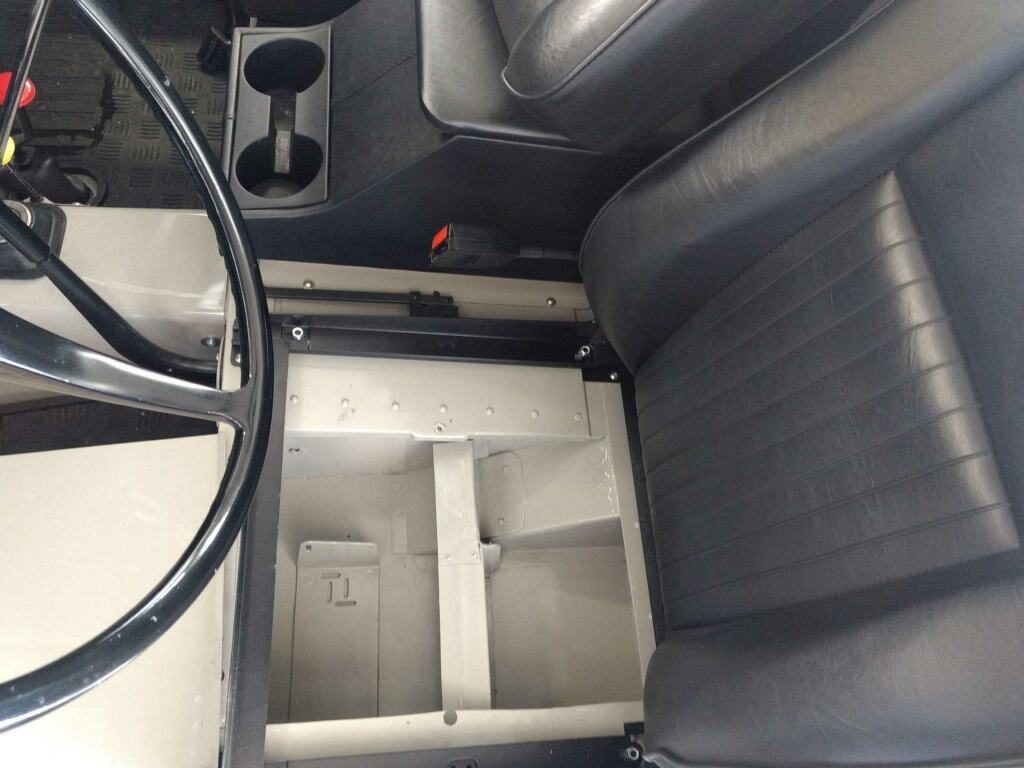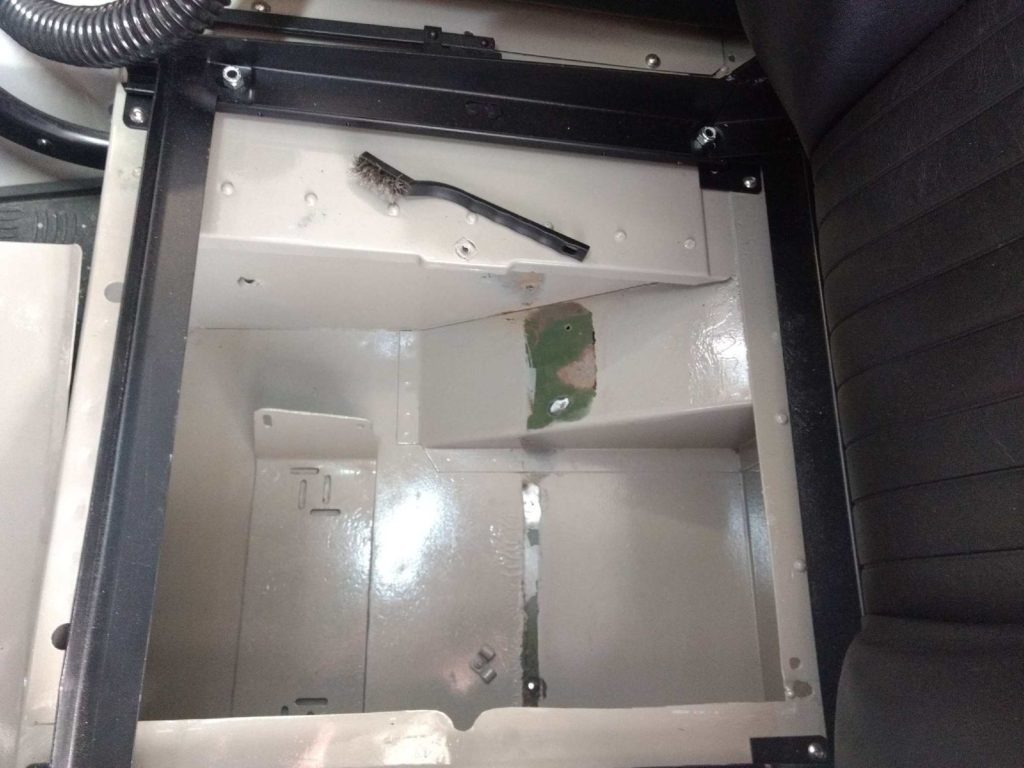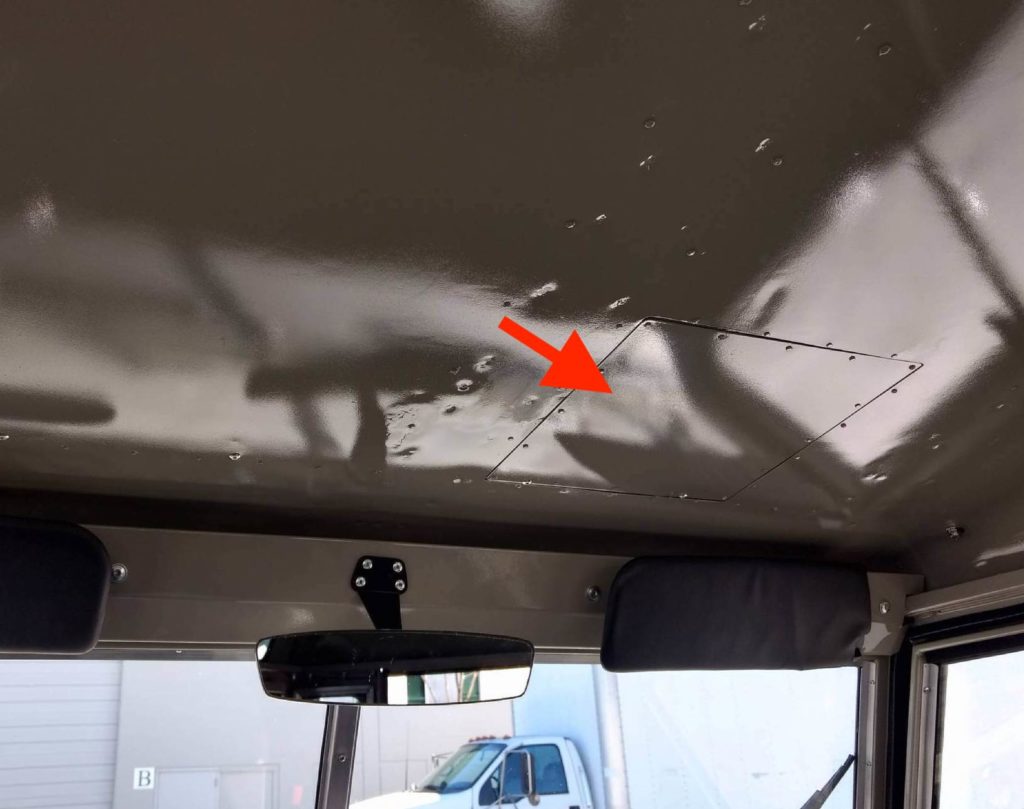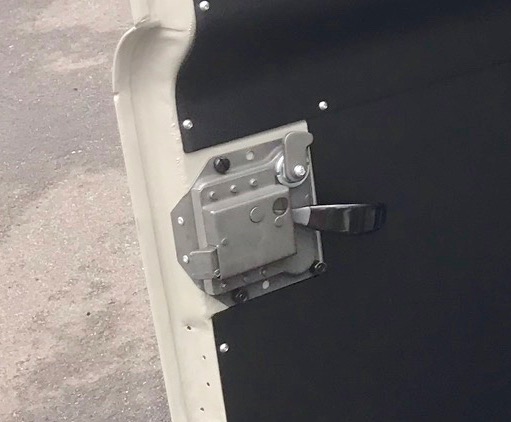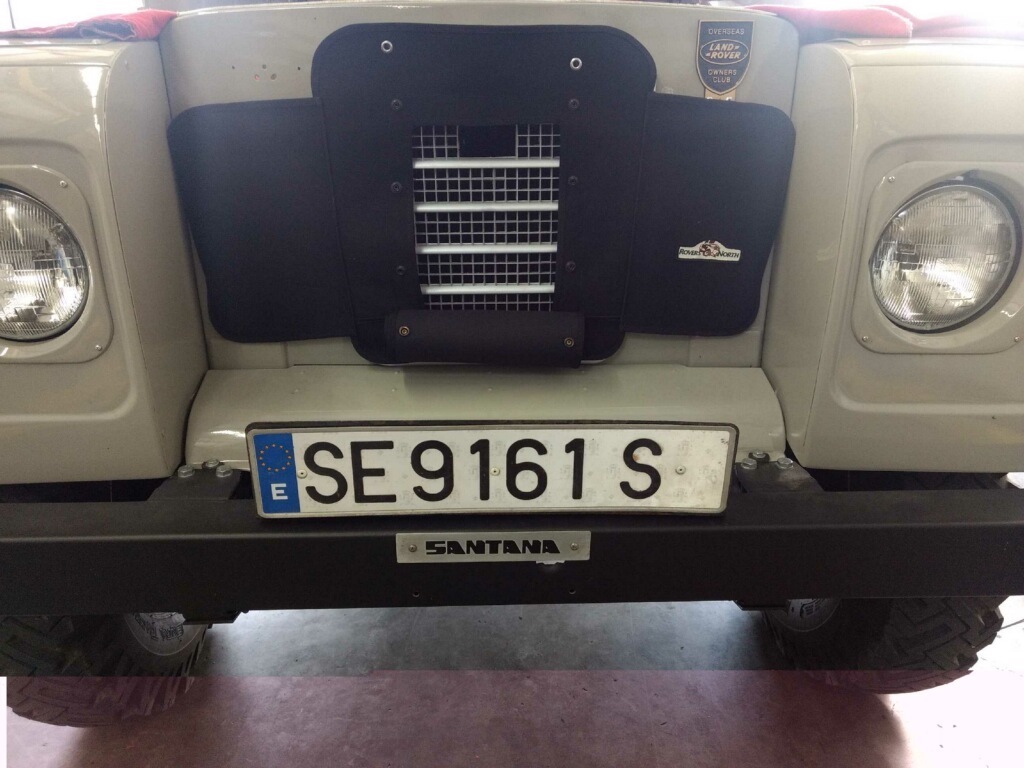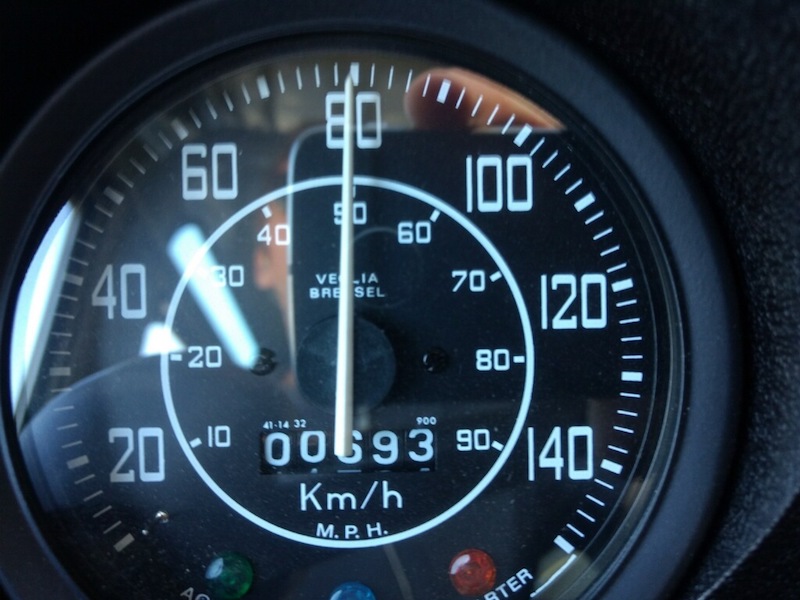Update from Mr. Wolf: “I have been driving the truck today and it has been great. One little gremlin came up (the fuel cut-off cable came loose, easy fix), but I feel like we are in the home stretch here. The odometer is going to roll over 1,000km today!” I had to ask about the “fuel cut-off cable.”
Because diesels don’t need any electricity to run, turning the key off doesn’t stop the engine, so you pull a little knob next to the key to manually cut fuel flow to the engine. It’s pretty neat.
I won’t share the full list but here are the kinds of things he’s been finding and fixing.
- R&R left rear hub seal and change gear oil
- Reassemble rear brakes, bleed system, lube all zirc fittings, adjust brakes
- Reinstalling and modifying filler neck
- Front spring shackles installed properly, problematic Britpart steering damper removed
- Disassemble rear suspension, grease all shackles and bolts, reassemble.
- Replace incorrect hardware holding the grill on
- Final adjustment on brakes
- Replace & rewire glow plugs (one failed out of the box, replacement ordered)
- Re-adjust idle speed and all throttle linkage
- Re-wrap passenger side wiring harness with 3M friction tape
This is the attention to detail someone gives their own truck.

